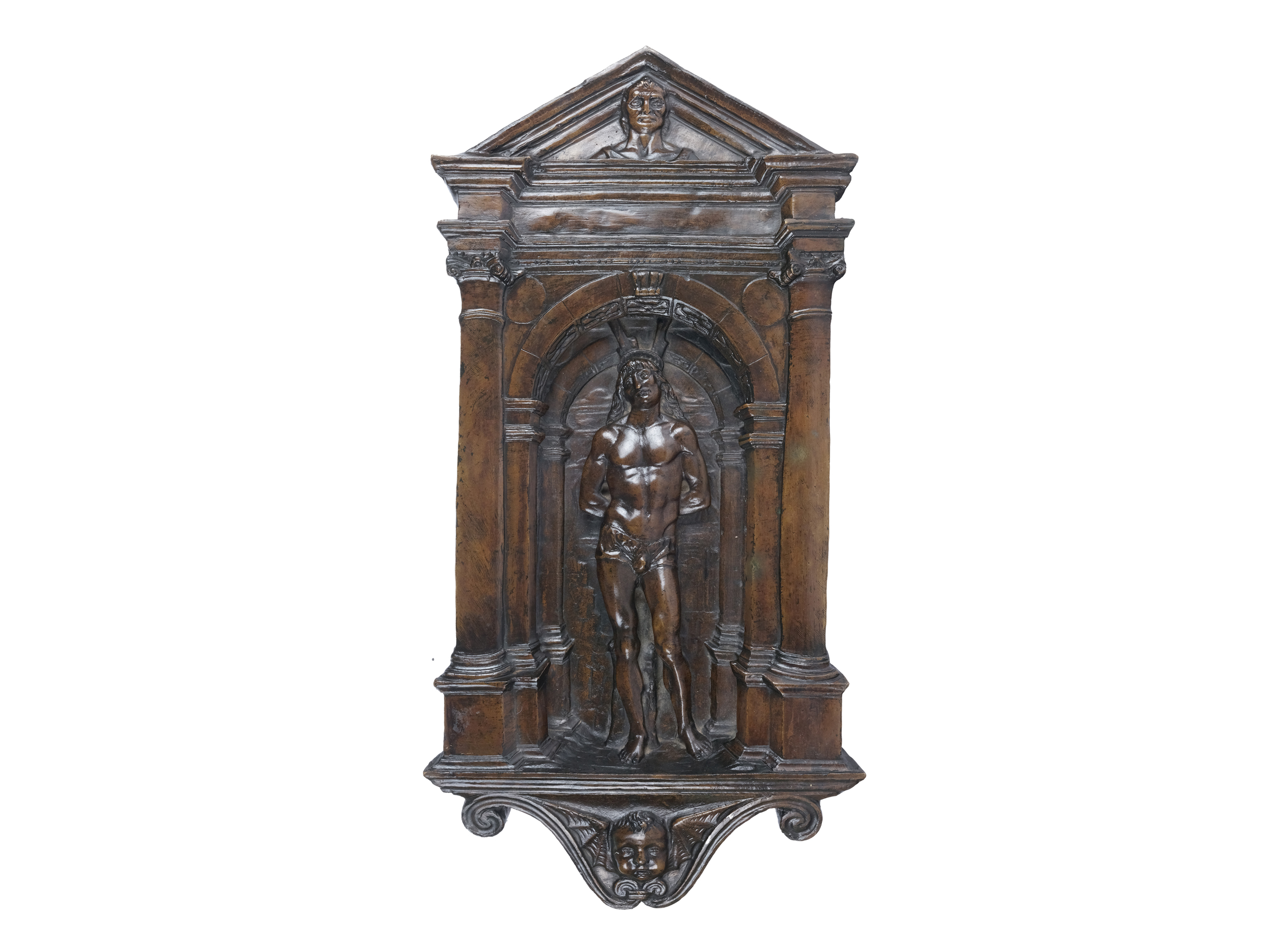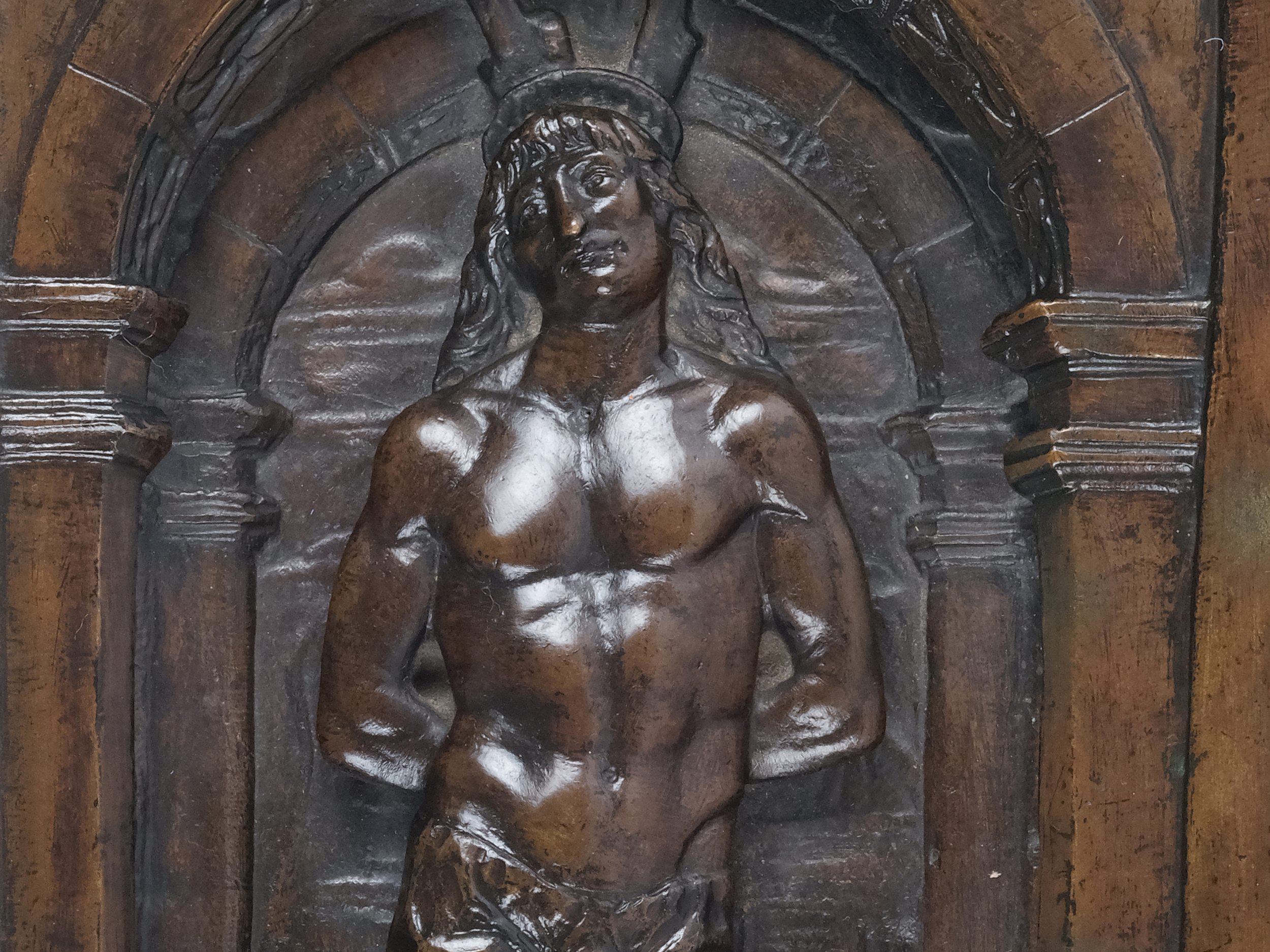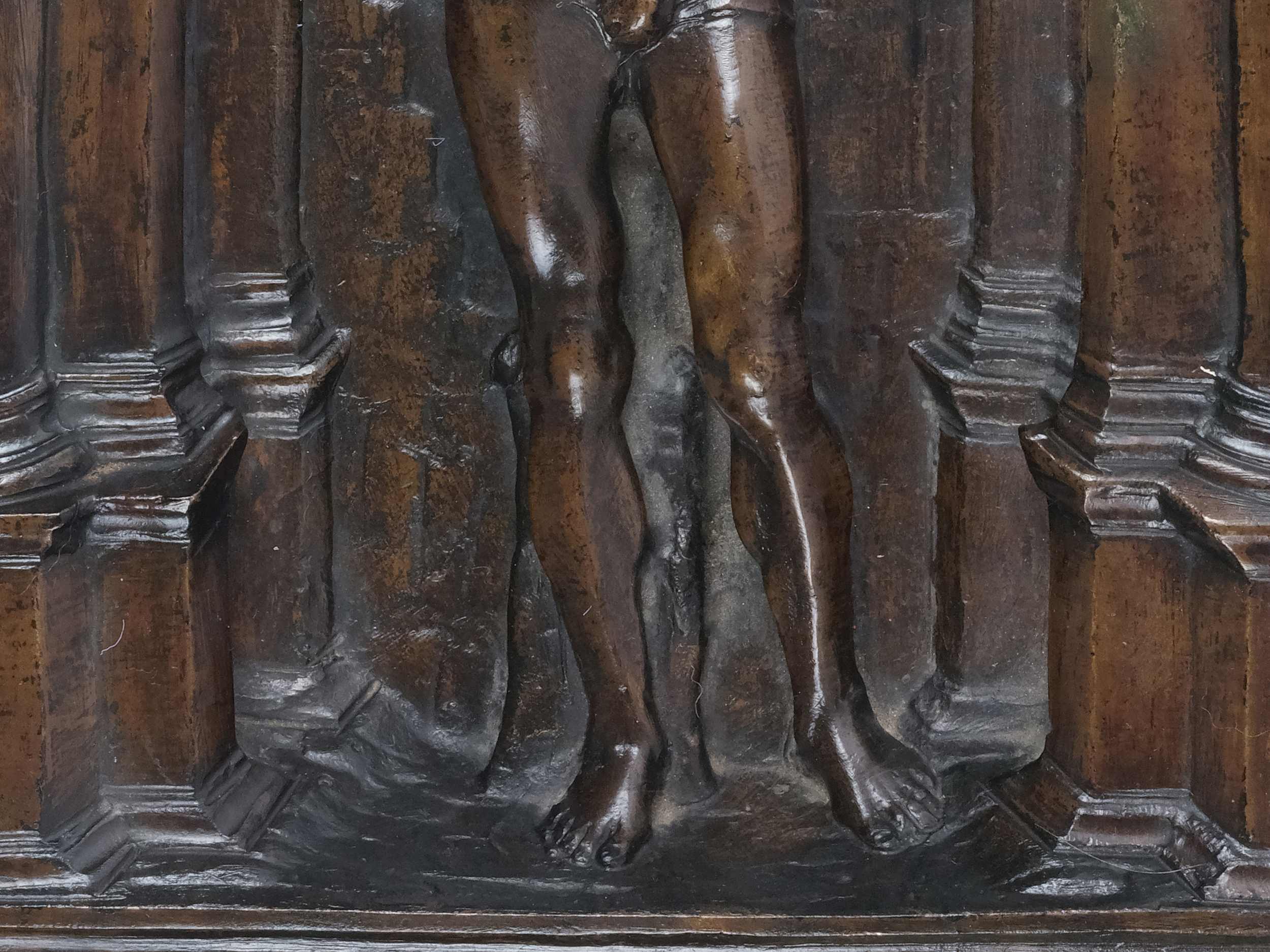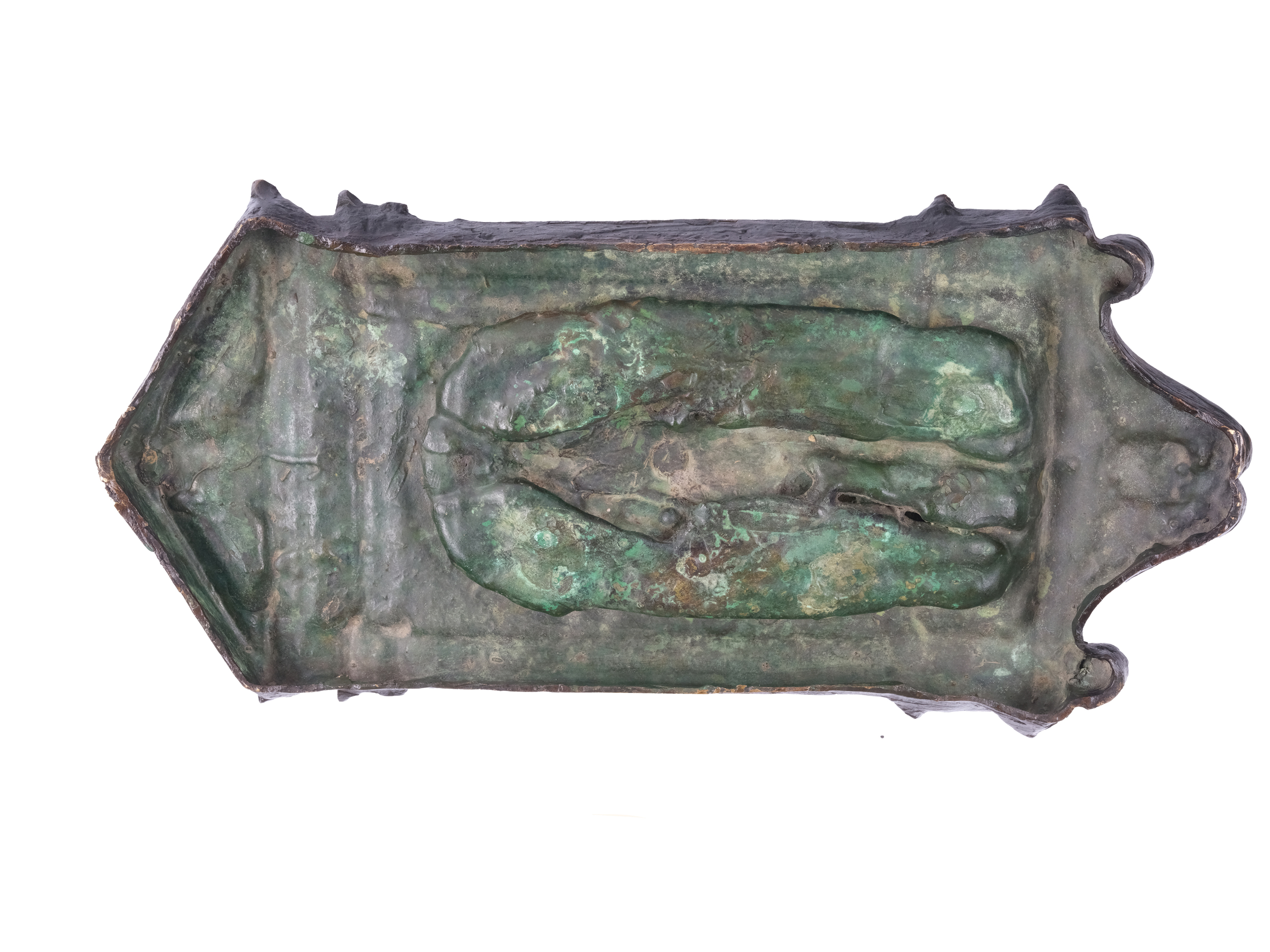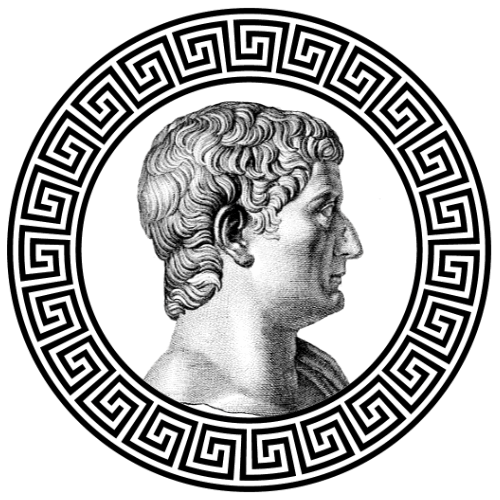Giovanni Antonio Amadeo
19th Tiberius Auction
Giovanni Antonio Amadeo
Starting price:
€ 3.000
- USD: 3.444 $
- GBP: 2.633 £
Estimated price: € 5.000 / 10.000
Giovanni Antonio Amadeo
Pavia 1447 – 1522 Milan, circle of
Saint Sebastian
Relief
Italy
Late 15th/early 16th century
Cast bronze
Length 50 cm, width 25 cm, depth 3.5 cm
Based on a marble relief in the Castello Sforzesco, Musei Civici, Museo d’Arte Antica in Milan
Giovanni Antonio Amadeo was one of the most important Lombard sculptors and architects of the Italian Renaissance. Among other things, he worked on the Certosa di Pavia and the Capella Colleoni in Bergamo, where he created works of exceptional craftsmanship and compositional quality. Amadeo combined the elegance of the early Tuscan Renaissance with the rich sculptural detail of the Lombard tradition. His works are characterized by a subtle symbiosis of architecture and figure, austerity and movement. A large number of high-quality reliefs were created in his circle of, continuing his clear compositional style, finely modeled understanding of the body, and characteristic expression of emotional intensity.
Saint Sebastian is one of the most popular martyrs in Christian iconography. According to legend, he was a Roman officer who was condemned for his Christian faith under Emperor Diocletian (284–305 AD). Tied to a tree, he was pierced by arrows shot by archers, but initially survived. After his recovery, he once again stood up for his faith and was subsequently beaten to death. In art, Sebastian soon became a symbol of steadfastness in faith, of physical and mental suffering—and at the same time of idealized beauty and purity. Especially in the Renaissance and Baroque periods, the saint was often depicted in heroic nude form as a symbol of spiritual and physical perfection.
This relief, created around 1600 and cast in bronze, shows the saint in an elaborately designed aedicule architecture. An aedicule (from the Latin aedicula, “small house” or “temple”) is a small, temple-like structure with columns, beams, and a gable, which served as an architectural frame for cult images in both ancient and Christian art. Here, the devotional figure of Saint Sebastian is presented in such an architectural setting—in a small sanctuary, as it were, which emphasizes its sacred significance and opens up the space in an illusionistic manner.
Within the architecture, three rows of columns are depicted on each side, aligned towards the rear, with the second and third rows covered by arches. In the pediment is a male bust, below which is a frieze that structures the composition. Behind the saint is a landscape, which is largely obscured by the martyr’s body. Sebastian is naked, clothed only in a loincloth, and tied to a tree with his hands clasped behind his back. His body, with its pronounced musculature and softly modeled surface, is depicted in a tense pose. His long, curly hair and slightly upward gaze lend the figure a poignant liveliness.
The lower edge of the relief is formed by a small winged cherub’s head with bat-like wings – a delicate, symbolically ambiguous detail that oscillates between a protective spirit and a symbol of vanity. The work is a high-quality reproduction of a marble relief by Giovanni Antonio Amadeos in the Castello Sforzesco in Milan (Musei Civici, Museo d’Arte Antica, Inv. 1106). The compositional similarity and the identical posture of the saint, with his pathetic upward gaze and introspective expression, suggest a conscious adoption of the Lombard model.
This small devotional image combines architectural austerity with emotional intensity. The combination of perspectively structured architecture and the idealized, light-filled representation of the body reveals the artistic language of Amadeo’s circle of—an art between piety and humanism, in which the representation of the martyr becomes a symbol of inner elevation.

